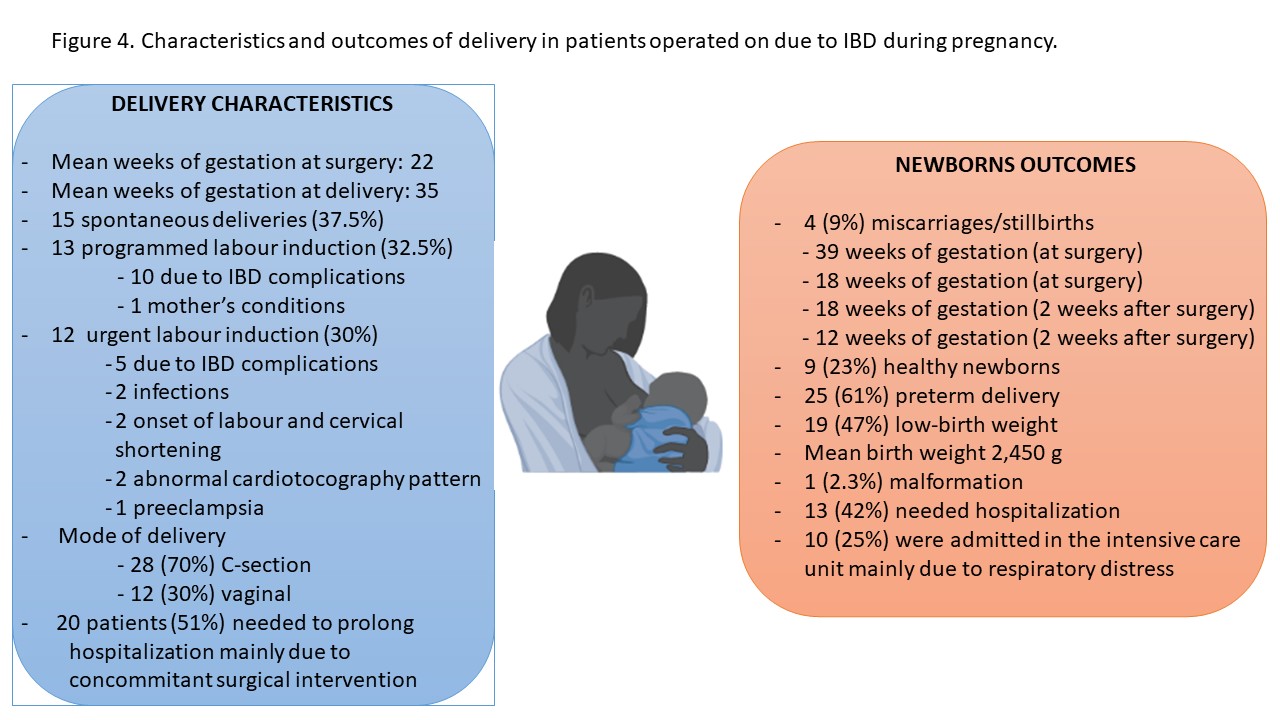Exabis Library
Welcome to the e-CCO Library!
Stomas in IBD (Tandem talk)
2018
7th S-ECCO IBD Masterclass
Tuesday, 8 May 2018, 11:36 AM
Tuesday, 8 May 2018, 3:35 PM by Lindley Fritze
1
Stopping drugs in children – Case-based discussion
2018
5th P-ECCO Educational Course
Tuesday, 8 May 2018, 11:36 AM
1
Stratified management for mild and severe IBD?
2021
ECCO'21 Virtual
Friday, 1 October 2021, 12:41 PM
Stratifying by disease biology to choose the right drug for the right patient
2019
ECCO'19 Copenhagen
Tuesday, 28 May 2019, 3:32 PM
1
Stratifying by disease biology to choose the right drug for the right patient
2019
Scientific Programme
Wednesday, 5 June 2019, 9:01 PM
Stress-induced controllers of intestinal inflammatory reactions
2018
ECCO'18 Vienna
Friday, 23 March 2018, 12:23 PM
1
Strictureplasty over the Ileocaecal valve
2022
11th S-ECCO IBD Masterclass
Tuesday, 24 May 2022, 8:13 PM
Stricturing Crohn's Disease e-Course
2016
e-Course
Thursday, 27 February 2020, 4:44 PM by Dauren Ramankulov
Wednesday, 2 June 2021, 1:12 PM by ECCO Administrator
Surgeon's view: When is pathology useful?
2021
6th H-ECCO IBD Masterclass
Friday, 1 October 2021, 12:41 PM
Surgery and postoperative follow-up for luminal Crohn’s Disease (Tandem talk)
2020
5th Basic ECCO: EduCational COurse for Industry
Tuesday, 23 June 2020, 4:58 PM
Wednesday, 2 June 2021, 9:41 AM by ECCO Administrator
1
Surgery and pouch complications in Ulcerative Colitis (Tandem talk)
2020
5th Basic ECCO: EduCational COurse for Industry
Tuesday, 23 June 2020, 4:58 PM
1
Surgery due to inflammatory bowel disease during pregnancy: mothers and offspring outcomes (SCAR Study)
2022
11th S-ECCO IBD Masterclass
Tuesday, 24 May 2022, 8:13 PM
Surgery for enteric IBD – does location matter?
2020
ECCO'20 Vienna
Tuesday, 23 June 2020, 4:58 PM
1
Surgery for luminal CD: when and how?
2018
4th Basic ECCO: EduCational Course for Industry
Tuesday, 8 May 2018, 11:36 AM
1



